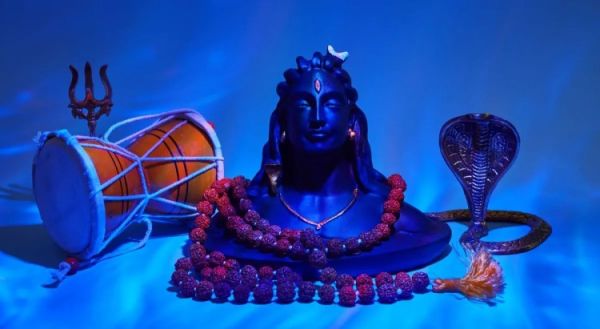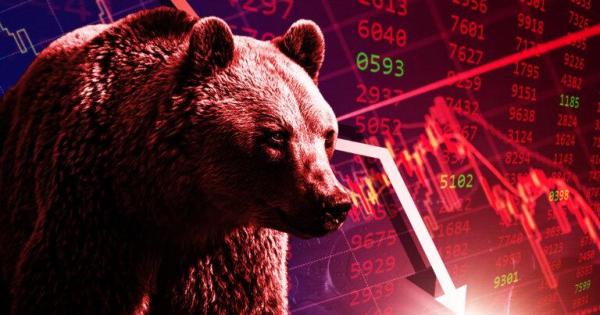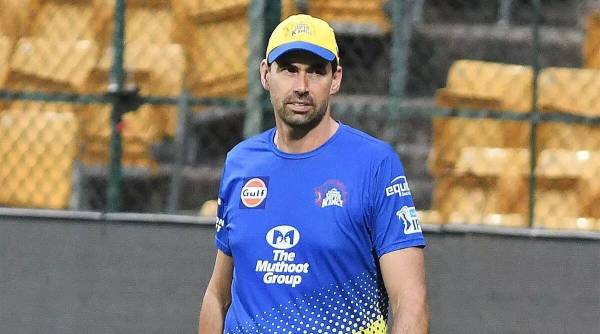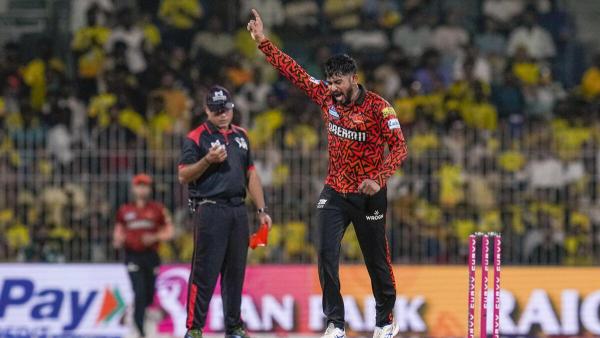Lord Shiva’s Symbols and Their Meanings: In the meanwhile, let’s discuss Lord Shiva and his symbolism as Maha Shivratri 2025 approaches. One of the primary Hindu gods, he is often connected to a number of symbols that have profound spiritual and cosmic significance.

These symbols represent the main philosophical and metaphysical worldviews in addition to having divine characteristics. The ten most popular symbols used to symbolize Lord Shiva are listed in this article along with their significance in Hindu mythology and spirituality.
List of important Lord Shiva emblems together with their definitions:
1. Drum (Damru)
The drum represents the cosmic noises that maintain the universe’s beat and build the world. The Damru sound, which symbolizes the harmony and pulse between creation and destruction, is said to be the universe’s primordial sound. Shiva’s clutching of Damru emphasizes his role as the universe’s creator and guardian.
2. Trident, or Trishul
One of Lord Shiva’s most well-known emblems is the trident. It represents the Hindu trinity of Brahma, Vishnu, and Shiva, which stand for the three fundamental elements of the universe: creation, preservation, and destruction. In addition, the Trishul symbolizes the three stages of consciousness—waking, dreaming, and profound sleep—as well as the three gunas (qualities) of nature: Sattva, Rajas, and Tamas.
3. Trintra, or the Third Eye
The Third Eye of Lord Shiva, located on his brow, is a potent representation of discernment, intelligence, and spiritual awareness. It represents the ability to see beyond the material world and eradicate ignorance and evil. Because it may put a stop to harmful illusions and pollutants, the Third Eye’s opening is associated with destruction.
4. Vasuki’s Snake Around the Neck
Vasuki, the snake wrapped around Shiva’s neck, is a symbol of immortality, healing, and metamorphosis. It also represents the cyclical cycle of time and life, as well as Shiva’s power over death and fear. Shiva’s dominion over the kundalini energy, a potent spiritual force found in the human body, is also symbolized by the serpent.
5. Bhasma’s Ashes
Shiv’s body is covered with ashes, which stand for the transience of life and material existence. They serve as a reminder that the only thing that is permanent is change, and that achieving emancipation requires spiritual awareness. The desire for spiritual detachment is reflected in the ashes, which stand for the separation from ego and earthly attachments.
6. Ardha Chandra, or Crescent Moon
Shiva’s control over time and life cycles is symbolized by the crescent moon on his head. It symbolizes Shiva’s rejuvenating power and calming impact on the erratic mind. Shiva’s function in preserving harmony and balance in the cosmos and the cyclical cycle of life are likewise symbolized by the moon.
7. Bull Nandi
Shiva’s steed, the bull Nandi, is a symbol of power, devotion, and moral integrity. It exemplifies the balance between power and tranquility as well as the passion that precedes spiritual development. The fact that nandi is often seen in front of Shiva temples emphasizes its significance as a protector and a sign of devotion.
8. The Ganga River
The Ganga River, which emerges from Shiva’s locks, represents the essence of life and spiritual purification. It stands for the nectar of immortality and divine kindness, which gives the earth life. The eradication of sins and the realization of spiritual enlightenment are likewise symbolized by the Ganga’s flowing.
9. The Rudraksha
The most important representation of Lord Shiva is represented by rudraksha beads, which are utilized for prayers and mantra chanting. The beads are reputed to repel evil spirits and have great spiritual potency. Most often worn by devotees to connect with Shiva’s heavenly power, Rudraksha malas are revered.
10. Skin of Tigers
Shiva’s bravery, mastery of the natural world, and command of the human intellect are all symbolized by his sitting on tiger skin. Shiva is also emphasized in this symbol as a protector and a mentor on the spiritual journey.









